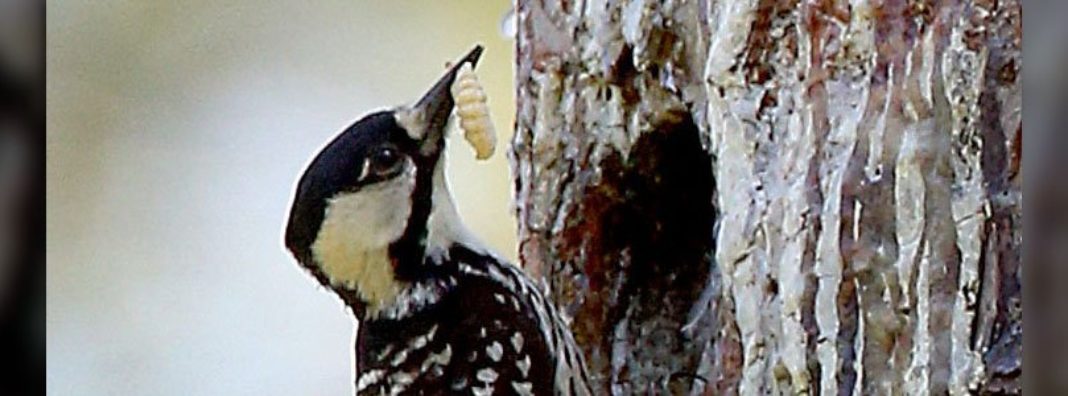
AP Photo/Richmond Times-Dispatch, Daniel Sangjib Min
Recently, lawmakers proposed amendments that aim to “update and modernize” the Endangered Species Act, or ESA, by better engaging landowners in species conservation.
Supporters advocate that the changes are needed to encourage those that work closest with the species to help save them. Others fear that changes to the ESA could allow for profit to become more important than conservation and suggest that the act doesn’t need reform, just more funding. Much of this disagreement stems from the role of private landowners: Should they be seen as conservation allies or self-interested actors with little regard for endangered species?
Because 73 percent of endangered species rely on private land for over half of their habitat, engaging private landowners in conservation efforts is crucial. Fortunately, researchers have conducted extensive surveys that suggest many landowners value conservation and want to participate. In one survey, 62 percent of agricultural producers in Utah agreed with the goal of the Endangered Species Act.
Despite these good intentions, the punitive approach of the Endangered Species Act is dissuading some landowners from getting more involved in conservation. In the same Utah survey, 70 percent of agricultural respondents indicated that their fear of being regulated under the ESA reduced their willingness to help species. No one should have to put their own livelihood at risk to save endangered species, but limiting how landowners can use their property requires them to do just that.
This conflict between landowners and endangered species has several consequences, all of which make conservation more difficult. First, landowners control access to their land and information about that land. To avoid the risk of losing their property rights, landowners may refuse to allow biological surveyors to collect data on land they own. This prevents researchers from accessing valuable information such as where species live and what they need to survive.
Another serious consequence of the current approach is the preemptive destruction of habitat. In a survey about the threatened Utah prairie dog, 34 percent of landowners admitted that they had taken action to discourage the prairie dog from inhabiting their land, specifically to avoid increased regulation. Preemptive habitat destruction has also affected species like the red-cockaded woodpecker in the Southeastern United States, where loggers prematurely cleared timber to avoid attracting the birds and the regulation that accompanies them.
Lawmakers have taken action to try to reduce this conflict through the use of more cooperative solutions. Safe Harbor and Candidate Conservation Agreements allow for farmers and ranchers to cooperate with the Fish & Wildlife Service through voluntary agreements that support endangered species within their property. Through these voluntary agreements, landowners agree to improve their land to make it more hospitable for endangered species. In exchange, they receive assurance that if the conditions of the specific agreement are met, they will not face further regulation. In the Southeastern U.S., Safe Harbor Agreements contributed to a 25 percent increase in the number of red-cockaded woodpecker family groups — a population that was declining before the agreement.
These incentive-based programs benefit species and landowners alike — species are provided with improved habitat while landowners receive assurance that helping species won’t make them worse off. Still, voluntary conservation agreements could be improved to further benefit endangered species. Within current programs, prospective participants often face a lengthy application process and a confusing maze of requirements that lack transparency. These barriers could be reduced by clarifying and simplifying application processes.
Proposed reforms to the Endangered Species Act would help improve and expand existing incentive-based programs, increasing the likelihood of getting more landowners involved in conservation efforts. Bolstering cooperative conservation efforts like Safe Harbor Agreements would further enable landowners to do what they already want to — help save some of our planet’s rarest treasures.



 Deseret News
Deseret News